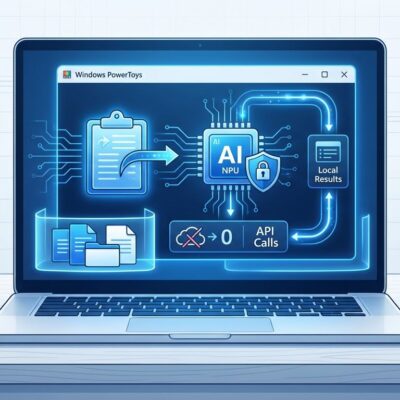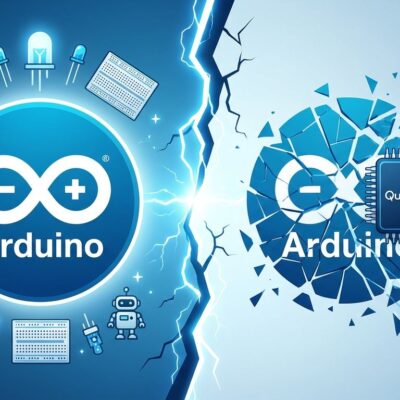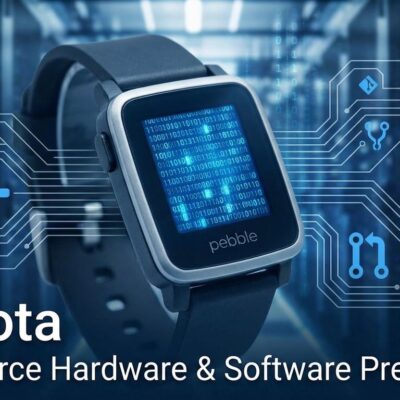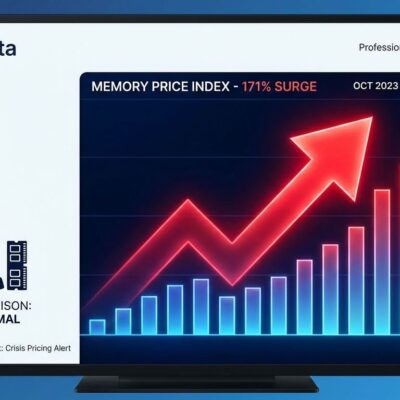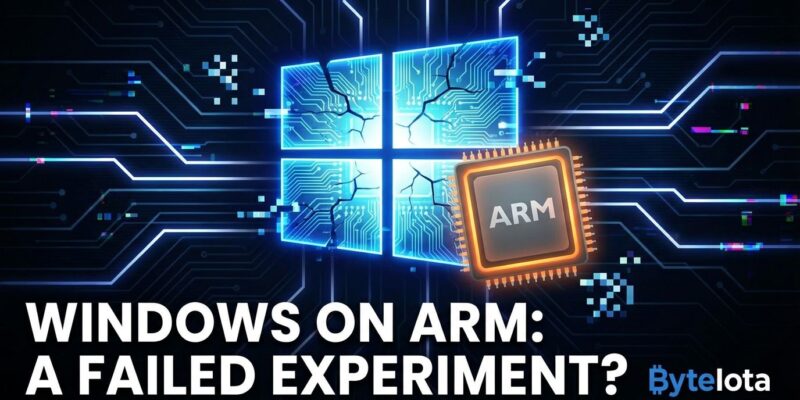
Another ARM Windows device just died. A major PC manufacturer quietly discontinued its Snapdragon X Elite notebook this week – the latest casualty in Microsoft’s 13-year war against market reality. Surface RT, Surface Pro X, dozens of OEM attempts: all failed, all discontinued, all ignored by the market. After more than a decade of trying, ARM Windows holds less than 1% of the PC market. The pattern couldn’t be clearer, yet the industry keeps insisting the next chip will change everything. It won’t.
The Graveyard Gets Crowded
Let’s walk through the wreckage. In 2012, Microsoft launched Surface RT. The market rejected it so thoroughly that Microsoft took a $900 million write-off within a year. That should have been the end of it. Instead, between 2016 and 2019, we got a parade of Snapdragon-powered devices from major OEMs. All discontinued within 18 months due to poor sales and compatibility nightmares.
Microsoft tried again in 2019 with Surface Pro X – a premium device with aggressive marketing and the full weight of Microsoft’s brand. It flopped, relegated to enterprise niche status. Then came successive Snapdragon generations, each arriving with breathless coverage about “finally competing with Apple.” Each sold poorly and got discontinued.
Thirteen years. Dozens of devices. Market share hasn’t budged. If this were any other product category, we’d have declared defeat a decade ago.
Why the Pattern Repeats
This isn’t a chip performance problem. The issues are structural. Most Windows software is compiled for x86 processors. Running x86 apps on ARM requires real-time translation, costing 40-60% of your performance – significantly worse than Apple’s 20-30% overhead.
Then there’s compatibility. Games? Nearly zero support due to anti-cheat software and DirectX optimization for x86. Professional software – Adobe, Autodesk, CAD tools – almost entirely x86 only. These companies won’t port to a platform with sub-1% market share. Enterprise applications and legacy software? Never getting ARM versions.
This creates a vicious cycle. Developers won’t build for ARM Windows because there are no users. Users won’t buy ARM Windows because there are no apps. No amount of improved chips breaks this cycle. It’s an economic problem, not a technical one.
Apple Did It. Why Can’t Windows?
The obvious counterargument: Apple transitioned to ARM successfully, moving 100% of Mac production to Apple Silicon in under two years. So why not Windows?
Because Apple has total control. They make the hardware, OS, development tools, and control app distribution through the Mac App Store. When Apple transitions architectures, they force the entire ecosystem to follow. They set deadlines, deprecated x86 Macs, and compelled developers to adapt or lose access to customers.
Microsoft can’t do any of this. They don’t make most Windows PCs – OEMs do. Microsoft can’t force these companies to commit to ARM when consumer demand doesn’t exist. They can’t force software developers to build ARM versions with no app store monopoly. They can’t deprecate x86 Windows because enterprise customers demand backward compatibility. And they can’t achieve Apple’s tight integration while supporting thousands of hardware configurations.
The OEM model that made Windows dominant makes architecture transitions nearly impossible. Apple’s vertical integration enables rapid change. Windows’ openness creates ecosystem inertia.
The Hype Cycle Continues
Every Snapdragon generation arrives with the same hype. Tech reviewers run benchmarks, declare the performance gap closed, and predict “this time it’s different.” OEMs announce devices. Then reality sets in. Compatibility issues surface. Customers return devices or don’t buy them. OEMs quietly discontinue models. Market share doesn’t budge.
Yet inevitably, the next Snapdragon generation will launch with identical claims, and the same cycle will repeat. We know this. The data is unambiguous. But the industry keeps pretending otherwise. Similar to how we’ve seen with other overhyped technology trends, the gap between marketing promises and market reality remains wide.
The Verdict: Stop Waiting
ARM Windows will remain a niche product. The “ARM revolution” promised for 13 years isn’t coming. The structural problems can’t be fixed. The market has spoken decisively and repeatedly.
If you’re a developer, don’t waste time porting to ARM Windows. The market doesn’t exist. If you want an ARM laptop, buy a Mac – Apple actually made it work. If you need Windows, buy an x86 device. You’ll get better performance, full compatibility, and a device that won’t be discontinued in 18 months.
Thirteen years of evidence points to one conclusion: ARM Windows is dead on arrival, has always been dead on arrival, and will remain dead on arrival. The only question is when the industry finally admits it.



